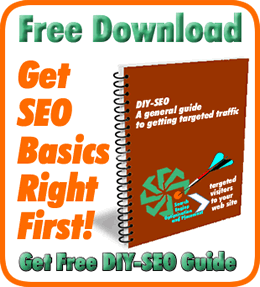E-commerce brands are upping the ante on their product category pages in an effort to rank higher than competitors on the search results. Where these pages used to be little more than a list of products, category pages these days are able to deliver a wider variety of information.
Product category pages are also getting built out with more informational content that seeks to connect with user intent, address questions, and maximize relevance to be more competitive in the search results, said Solis.
To help category pages rank better, it is advisable not only have a list of product names, thumbnails and ‘view more’ buttons, but to turn this page into an experience that helps the user with making a decision, It’s recommended bringing in excerpts from product descriptions, star ratings, supporting content, tips, recommendations, and FAQs to create a richer experience for the user.
Supplementing your category pages in such a way will also help to optimize it for search. “When properly coded and structured, the combination of all of the above gives Google more context and a better understanding of the category page,” said Rabinovich.
When introducing a new product category, marketers should evaluate their existing categories and inventory to inform how the new category can be implemented.
Dedicated Category/Landing Page
All of the necessary page level and internal signals (page title, heading, URL, internal links and their anchors) should hint to Google that this is a dedicated page on your website for the specific promotion eg Black Friday and it’s recommended creating dedicated pages for such seasonal events. You can then use this evergreen and dedicated silo to house all of your sale content.
Any, additional work and additions it can be made to both new and existing product categories can only improve your competiveness as most of your competitors will probably be either unaware of the benefit of the changes or too lazy to take and action.
And, that can only be good for your bottom line!
Read full article: Raising the stakes on product category pages
